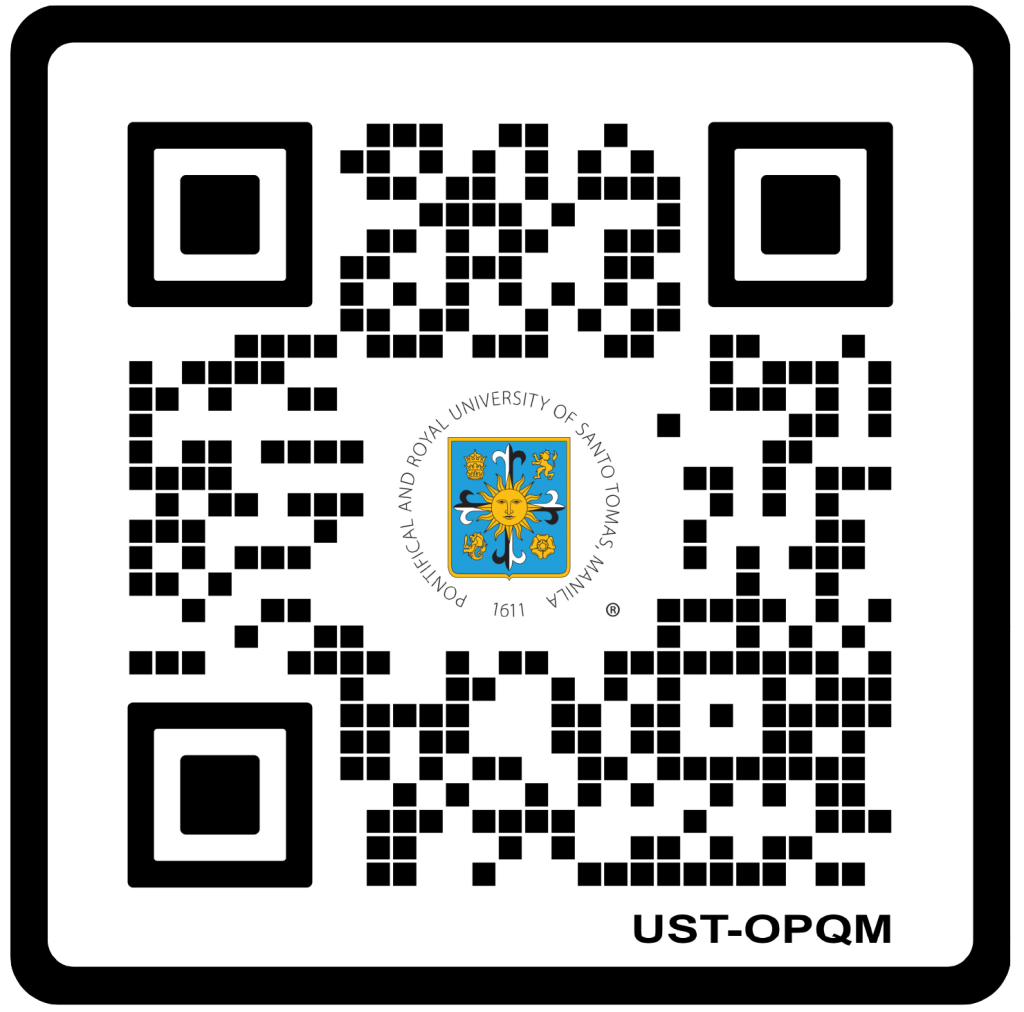In anticipation of the 31st ASEAN Summit that will be hosted by the
Philippines, the Minister and Deputy Chief of Mission of the Royal
Thai Embassy in Manila, Ms. Urawadee Sriphiromya, lectured on
“Learning Mobility in the Context of ASEAN Integration” in the 5th
discourse of the University of Santo Tomas’ (UST) Ambassadors’
Lecture Series held on October 24, 2017 at the Grand Ballroom of
the Paredes Building, University of Santo Tomas.
Having been the Director of the Social and Cultural Division
of the Department of ASEAN Affairs under the Ministry of Foreign
Affairs in Thailand, Sriphiromya has extensive experience in
multilateral diplomacy. She has also served at the Department of
International Organizations and the Permanent Mission of Thailand
to the United Nations in New York, as well as organized the RIO+20
Summit in Rio de Janeiro in 2012.
Learning mobility
Learning mobility, or the free exchange of students andresearchers across member nations, is one of the goals of an integrated ASEAN community.
“That means great competitiveness, great productivity, and
continuous growth [for the industries of the region]. For all of you
here, once you graduate, you also have the opportunity to work in all
ASEAN member countries,” said Sriphiromya.
As an important avenue through which students may strengthen
their prospects in finding employment, experiences in learning
mobility prepares the youth to be open to new ideas, to deal with
the unfamiliar, and to acquire professional competencies that are
in-demand in other nations.
“Mobility in the context of ASEAN integration is the key to both
regional and economic prosperity and socio-inclusion,” she further
explained, noting that this arrangement among the ten- member
nations is possible through the Mutual Recognition Arrangement
(MRA) in seven priority services sector within the region.
Regional connectivity
As the chair of this year’s Association of Southeast Asian
Nations, the Philippines declared its commitment to make the
ASEAN community people-centered and people-oriented. The
Minister highlighted that, “One significant approach we can do
to make [the] ASEAN community people-centered is to focus
and facilitate on the flows of trade, investment, and movement of
people within ASEAN through regional connectivity.”
Regional connectivity is the larger context in which mobility
within ASEAN plays a part. “When we talk about mobility, we
are concentrating on the motion of youth and businesses and
people [within the participating countries].” It is therefore through
connectivity that mobility can be realized and put into practice.
However, Sriphiromya was quick to point out that, “building
ASEAN community [to be such] is the process, not the end-goal
in itself.”
Economic progress and empowerment of people
Collective unified progress is a primary aim of the integration. The Minister thus emphasized that regional integration among the member nations is vital, and that developed nations cannot leave other countries behind as the over-all growth and development of the region would be stunted.
“We have some countries that are in the stage of least
development, and that’s why we have to have the growth plan
to help narrow the development gap and bring them to the same
level of development, and then they will be able to contribute to
our [regional] growth together,” said Sriphiromya




